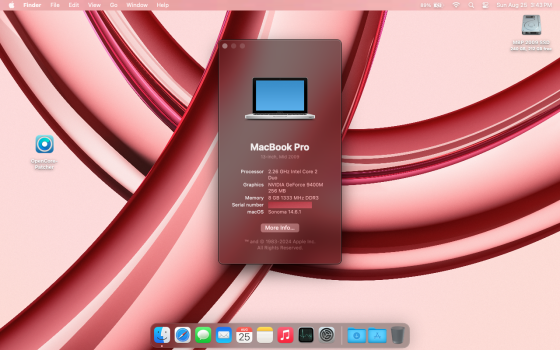So, according to MacTracker, the aluminum 13-in Late 2008 MacBook can run with up to 8 GB of RAM. This is currently really cheap. A 256-GB SATA SSD is, also. Is it worth that investment (about $37) and the effort to install Ventura or Sonoma on it with OpenCore Legacy Patcher?
My son needs a computer for taking a distance-learning online class and will run Adobe Connect (most likely, unless the course provider has switched to a new platform in more recent years). I would like to keep the hardware running the more recent versions of macOS, because it’s so easy to forget how to handle quirks with some of the older versions.

My son needs a computer for taking a distance-learning online class and will run Adobe Connect (most likely, unless the course provider has switched to a new platform in more recent years). I would like to keep the hardware running the more recent versions of macOS, because it’s so easy to forget how to handle quirks with some of the older versions.
As an Amazon Associate, MacRumors earns a commission from qualifying purchases made through links in this post.


